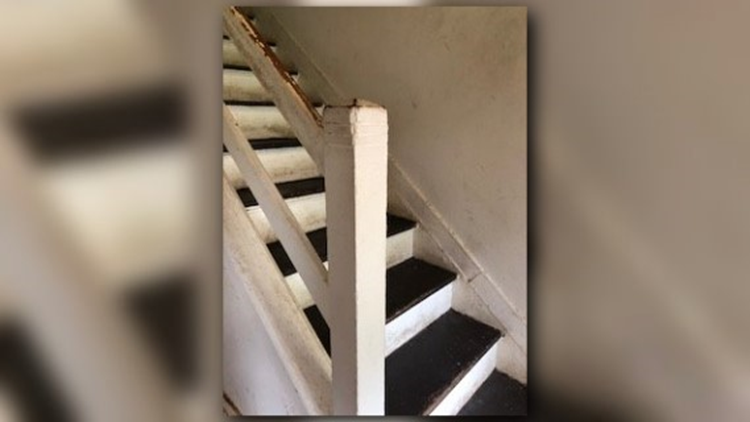WASHINGTON -- It’s been 20 years since lead testing was conducted at the Barry Farm public housing complex in Southeast D.C., and a recently uncovered report detailing high levels in some parts of the building.
On Thursday night, DC Housing Authority leaders met with tenants of the Garfield Terrace public housing complex in northwest. This is one of 10 DCHA sites recently identified as a property with hazardous levels of lead present.
It joins the list with Barry Farm, where tenants were notified late last week.
Demolition has already begun in the neighborhood, but about 60 residents still live amongst the boarded up and dilapidated housing units and are fighting to stay in their homes, demanding the city redevelop around them.
City officials are hoping to completely vacate the property in the next 90 days. Although, a court has stalled the redevelopment plans due to zoning compliance concerns.
Some residents are shocked at the new findings of lead.
“I'm very afraid of the harm and risk for us,” said Detrice Belt who lives in Barry Farm with her 10-year-old daughter.
Even low levels of lead can cause learning disabilities even violent mood swings in children. D.C. Public Schools require all children to undergo lead test and D.C. Housing said they never received notice that any children were at risk.
The 1998 lead study was never finished and sat on a shelf for two decades until a the new housing director went back in the archives.
Tryone Garrett took over the once troubled agency in October. His deputy executive director is overseeing the environmental study and said it wasn’t an oversight that the lead assessments were not revisited in the past two decades.
“I wouldn’t say that, but of course there have been a lot of issues with housing authorities throughout this nation in terms of how to balance its resources. We were focusing on maintenance, focusing on outreach and figuring out redevelopment plans.”
Back in 1998, Housing and Urban Development ranked D.C. Housing the worst in the country saying it was mismanaged, poorly maintained and crime ridden.
“When it’s not in order like that you can’t do anything but the best you can do,” said Brian Wheeler whose grandfather used to live in Barry Farm. “I'm not saying they did it on purpose, but they knew what they were doing. It’s been so long I guess they forgot about us and said like if you’re here you're here. You're staying here at your own risk.”
The Housing Authority said over the years crews would perform lead tests, but always swept in freshly painted units. It was only after the paint chipped that it revealed the dangerous lead underneath. Barry Farm was built in the 1940’s when lead paint was widely used.
The Housing Authority, under the new director, went back to Barry Farms and out of 55 units found one banister cap with chipped lead paint. All 55 will be remediated.
The deputy executive director does not believe the trace amount of lead found in the banister cap will affect the demolition, but crews will follow proper guidelines to protect residents from dust and debris.
Housing officials will meet with Barry Farm residents Thursday to discuss the findings.
It is important to note not all the units in Barry Farm are affected, nor have children presented with elevated levels of lead that we know of right now.



